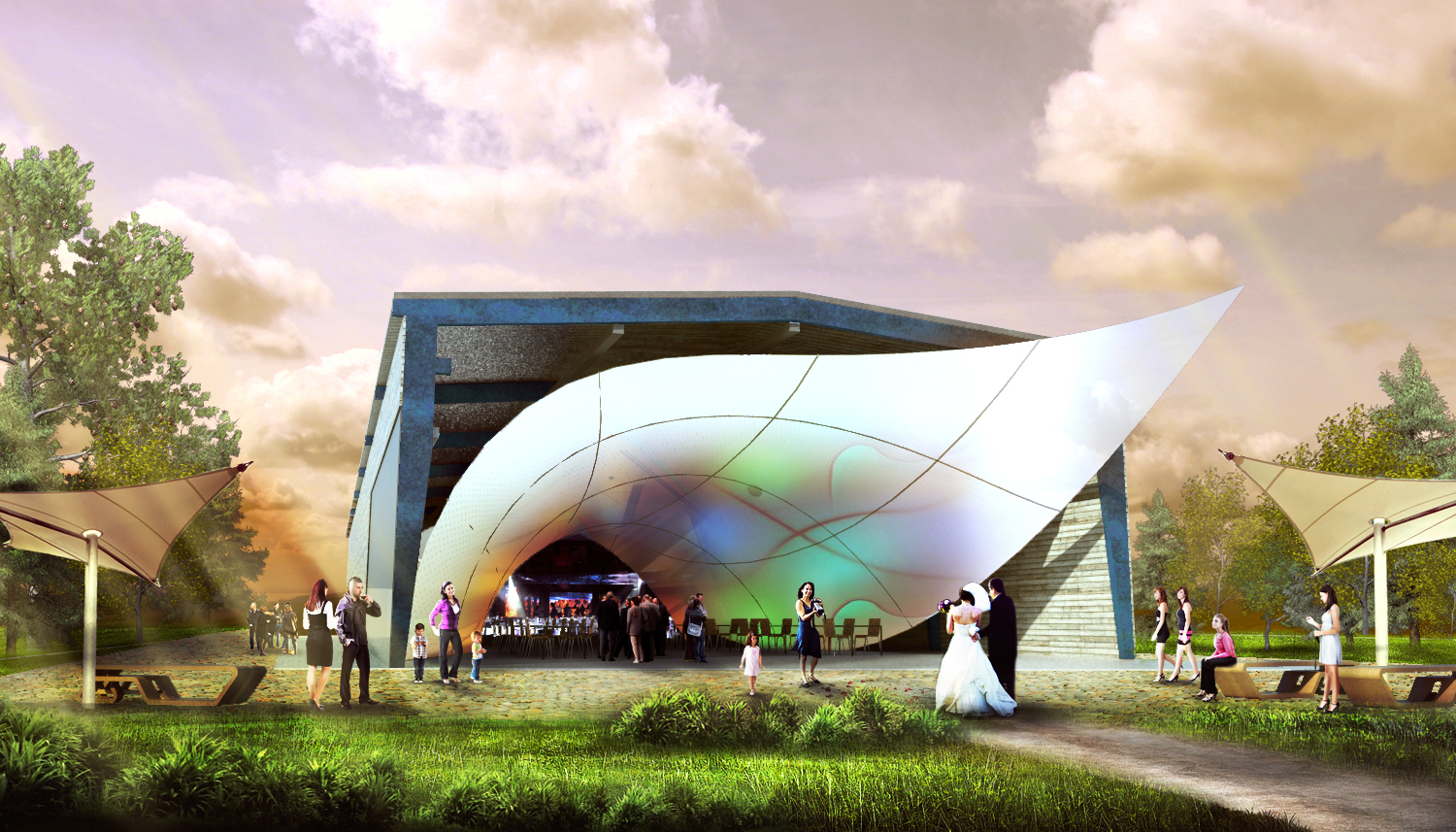The Rise of Smart Urban Environments
by Gemma Baynes
We live in an increasingly urban world: by 2050 it is expected that an incredible 66 percent of the world’s population will reside in a city. This huge increase in the number of people living in our, in many cases already overpopulated, cities means that architects, designers and city planners are having to plan ahead and think hard about how the property and infrastructure that this increased popular will need can be met.
The way that transport hubs, communal spaces and shared habitations (such as large apartment blocks) manage the flow of individuals is something that will need to be managed carefully, but thankfully technology is advancing as quickly as population growth, and by utilizing this new technology, architects and other innovative thinkers are able to create innovate ‘smart’ projects that will have huge and far reaching benefits.
The Use of Smart Technology
The use of smart technology in architecture is more common in corporate environments or publicly owned communal spaces than in privately owned properties, but this is set to change and we are already seeing the shift begin in this. Many homeowners are already beginning to think about making their properties more interactive, or creating new ‘smart’ homes that will consider and anticipate their needs. Making the decision to build your own space from the ground up is a hugely daunting one, no matter how incredible the team that you choose to work with and entrust with your project. When you buy a ready built property all you have to think about is protecting your investment by purchasing all the relevant insurances, and then choosing what color sofa and soft furnishings you’d like to buy. Deciding to create your own property from the ground up is a completely different prospect and one that requires serious consideration. A good architect with experience of working with new ‘smart’ technologies within a build will be best placed to help you realize your dream.
So many smart devices for the home are already on the market, from smart TVs to smart thermostats and even smart security systems. As more and more smart devices are created, the next step is to integrate these seamlessly into the design of the modern home. However simply integrating these kinds of smart technologies does not require the redesign of a new property: the next step in this technological progress, however, does in order to be as effective as possible. The future of smart living environments lies in learning ecosystems that are able to learn your habits and your movements, through the help of sensors strategically placed around the home and within the design of the building, in order to transform your life and make it as easy as possible. New research has even found that smart windows which can automatically control heat and light passing through by utilizing innovative new materials are set to be a reality in the near future. This incredible technological development will serve the dual purposes of helping reduce energy costs for cooling buildings and homes during the summer and heating them during the winter months, whilst also serving the environmental benefit of reducing both your energy use and your energy wastage.
The Role of Wearable Technology
Investing in a stable technology infrastructure for your property is key if you’re wishing to continue to innovate and transform your smart home. You need to ensure that your home will continue to evolve and innovate as technology does, and choosing the right initial infrastructure devices is key to this. Connected devices, such as wearable technology and smartphones, are becoming an increasingly important part of our everyday lives. The incredible amount of digital information about your day to day life and your habits that these devices can share is incredible, and the ways in which these can interact with the digital architecture of your home is incredible. Your home can actually communicate with itself to ensure that your day runs as smoothly as possible: these are the homes of the future, but they are being designed and constructed today.

